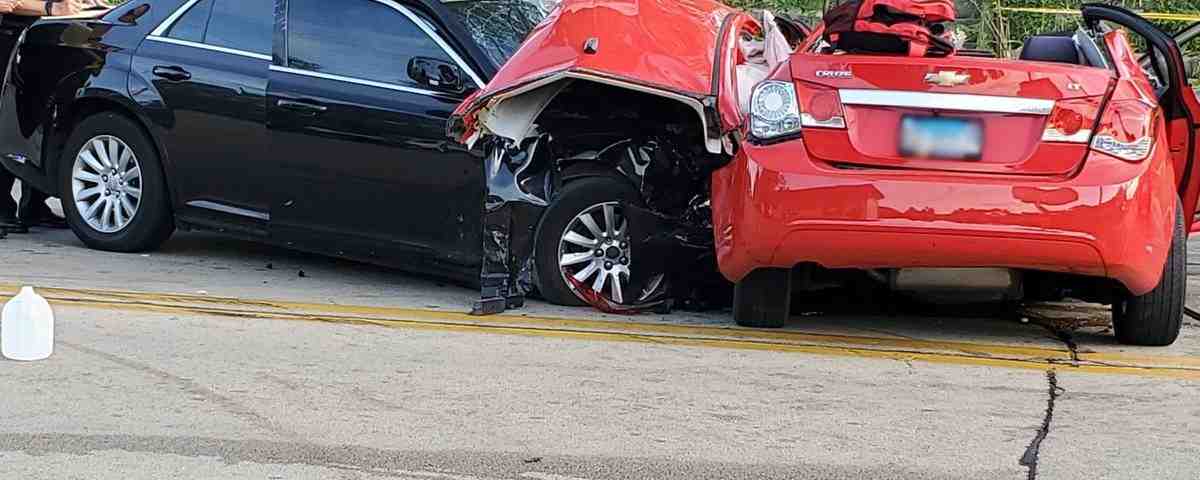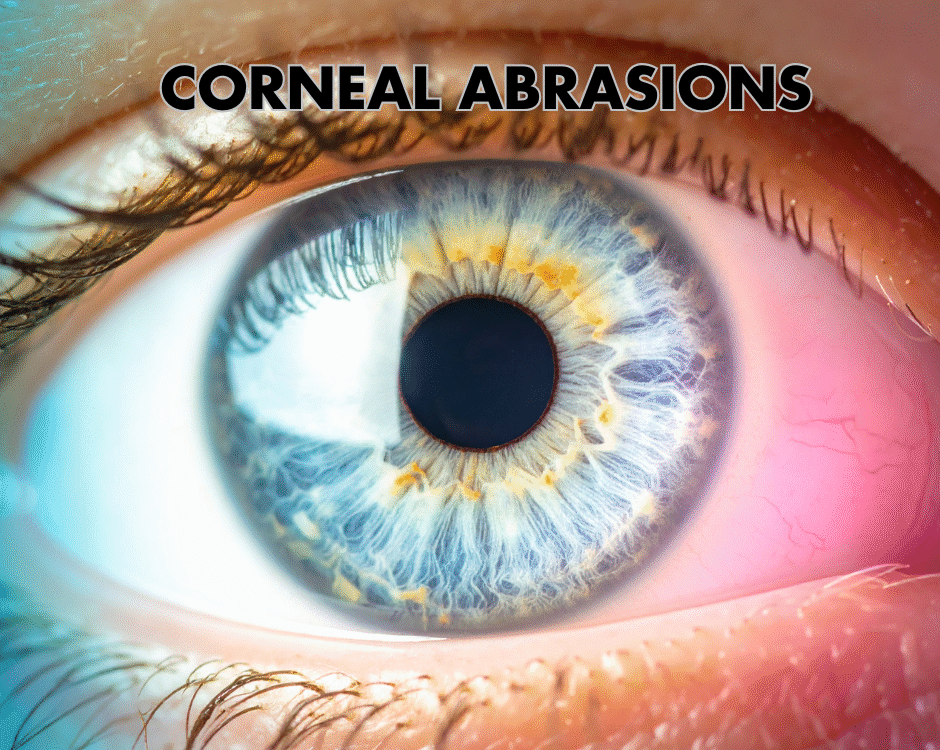What is the Crush Zone in a Vehicle?

Trick or Treating in the 21st Century
September 26, 2022
Keep Your Head On Straight During an Accident
October 17, 2022“A Small Crush Can Be Dangerous”
The structures of cars have changed throughout the years. Early on we drove rigid framed behemoths. Having an accident with these provided more injuries for all those involved. If the car was hit at 30 mph, then that large piece of steel would stop immediately, and the body would continue moving at 30 mph. This resulted in multiple severe injuries and progress changed everything.
Today, vehicles are designed to crumple and some of this energy at impact is transferred to the car and not the vehicles occupant. This is the “Crush Zone”. It allows areas of the vehicle to crumple redistributing the forces of the crash away from the occupants. Let’s look at how this works. When a driver is involved in a rear end collision at 8 mph, the head and neck are exposed to forces up to 2 ½ times the vehicle itself. This force can increase up to 4-10x at higher speeds. Occupants of low-speed collisions often escape with no broken bones but will suffer from muscle, tendon and ligament injuries (Soft Tissue). An 8-mph rear end collision can give a vehicle 2 G of force and make the occupants head accelerate up to 5 Gs. For reference, at 5 G’s, a 10 lb. head is now a 50 lb. head moving forward. A 15-mph collision will have head acceleration with a force of 10 Gs in the first 0.5 seconds. A 20-mph collision will cause the head to have an acceleration up to 12 Gs of force. Another example of comparison is a commercial airline flight will reach 1.5 Gs. A slingshot ride at the amusement park can get between 3 to 5 G’s. At 4 Gs you can start to lose color vision and gray out.
Modern vehicles that are involved in an accident may show no sign of damage until an 8.7 mph threshold is reached. After the estimated 8.7 mph, the “crush zone” is exhausted and there will be visible damage to the vehicle. People involved in accidents often look to the amount of damage their vehicle has and assume their injuries should be directly proportionate to the vehicle damage. Many will overlook the low-speed collisions and not be seen for their discomforts that arose from an accident. Over the years, various accidents at low speed will cause accumulation of injuries only leading to more problems with age. A small amount of visible damage to your vehicle can very well be a serious problem for your body.
This is a challenge for health care providers giving care to motor vehicle accident patients. Patients often think their discomfort is not relevant if their vehicle had no damage but often the opposite is true. Even a low-speed collision with no vehicle damage can produce whiplash, and cause moderate muscle, tendon and ligament damage. The occupants age, previous history of accidents or falls, health history, awareness at moment of impact and body positioning can all play an important role in the injuries sustained. If you are involved in any type of accident, it is important you be evaluated.
This article was written by Aaron Workman, DC one of the members of Chambers Medical Group’s team of car accident chiropractors who offer a variety of treatments and therapies ranging from diagnostic testing to various soft tissue therapies for car accidents and injuries in Kentucky.
If you or somebody you know has been in a car accident, be sure that you seek medical attention from a car accident doctor or car accident chiropractor to treat your injuries. Visit Chambers Medical Group to receive world-class medical treatment for your injuries.
Chambers Medical Group has car accident medical clinics in the following locations:
- Car Accident Medical Clinic in Tampa
- Car Accident Medical Clinic in Plant City
- Car Accident Medical Clinic in Brandon
- Car Accident Medical Clinic in Lakeland
- Car Accident Medical Clinic in Sarasota
- Car Accident Medical Clinic in Louisville
- Car Accident Medical Clinic in Lexington
- Car Accident Medical Clinic in Florence




